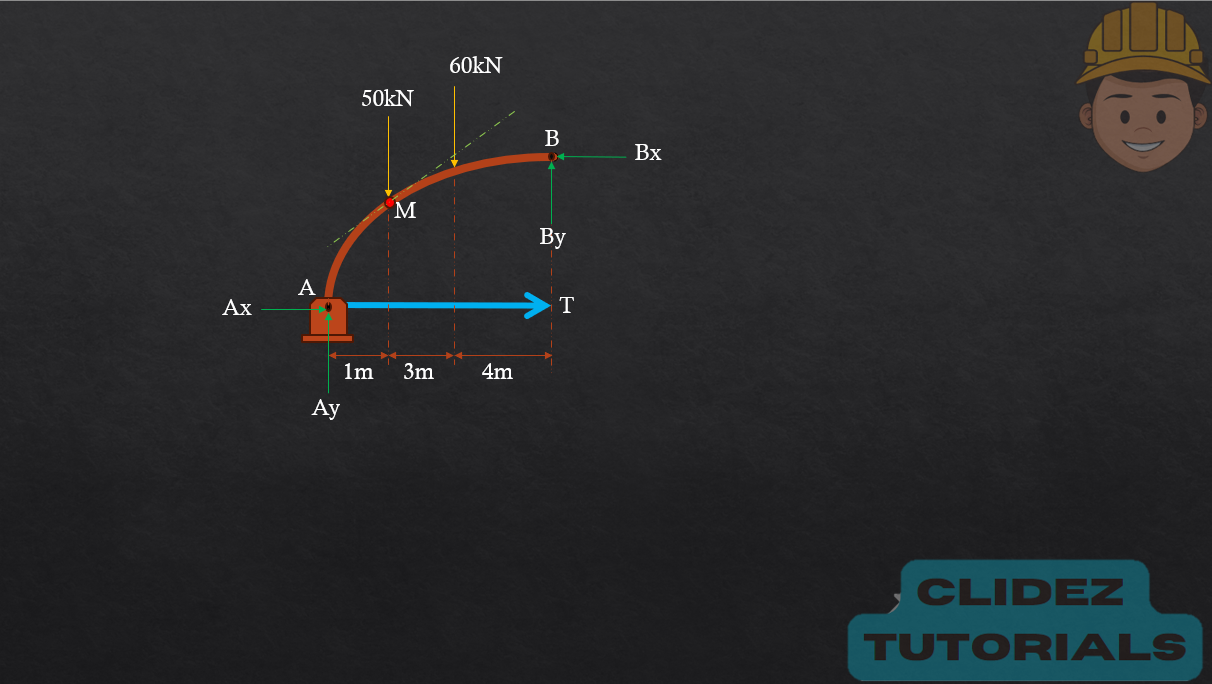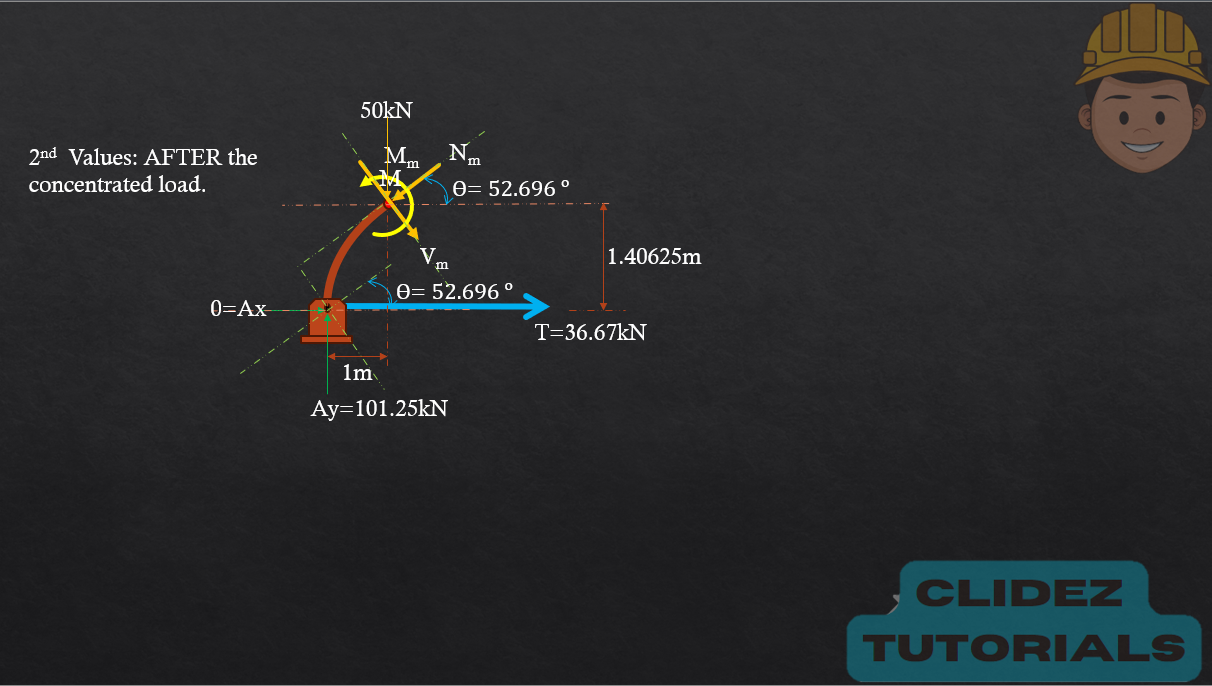Arches are used in construction to efficiently transfer loads to supports while allowing open spaces beneath. In this lecture, we focus on two common types: parabolic and circular arches. Parabolic arches are ideal for uniformly distributed loads, as their shape closely matches the natural thrust line, minimizing bending moments. They’re commonly used in bridges and long-span roofs where load uniformity is expected. Circular arches, on the other hand, are easier to construct and are often used in shorter spans or when aesthetics and tradition are prioritized, like in masonry arches or historical structures. However, they tend to generate higher bending moments under non-uniform loading. Understanding their structural behavior helps engineers choose the most efficient arch type based on span, load condition, material, and construction practicality.










In the case of a circular arch, especially a semicircular arch, the method of analysis still follows the principles of static equilibrium. However, the geometry is based on circular coordinates. Referring to the diagram, if the radius of the arch is 𝑅 R and the angle 𝜃 θ is measured from the vertical, the coordinates of a point on the arch are:

In the figure shown, $\theta=$ 30º and $\beta=$ 45°. The radius of the arch is 1m.
a. Determine the resultant of the three forces in kN. (4.90kN)
b. Determine the vertical reaction at B in kN. (2.14kN)
c. Determine the horizontal reaction at A in kN. (2.48kN)



See images:




Refer to the image shown:



See images:




Refer to the image shown:



See images:




Refer to the image shown:



See images:




Refer to the image shown:



See images:




Refer to the image shown:



See images:




Refer to the image shown:



See images:




Refer to the image shown:



See images:



